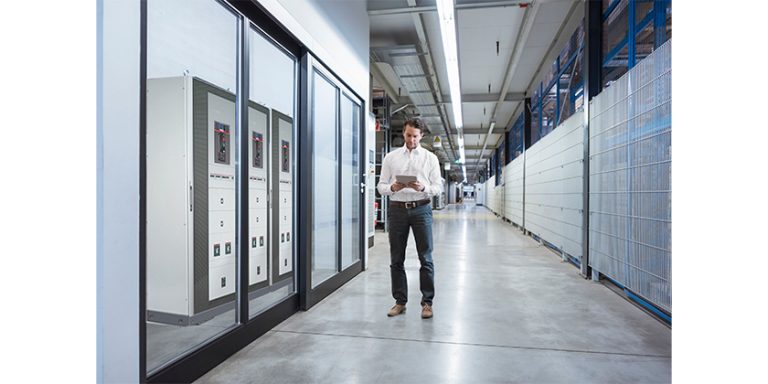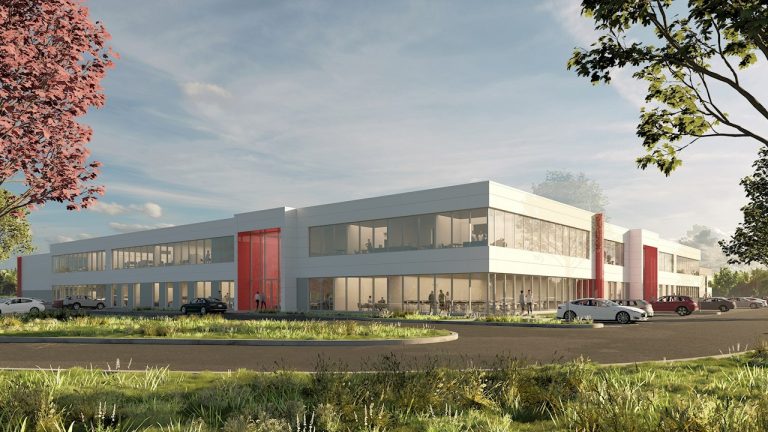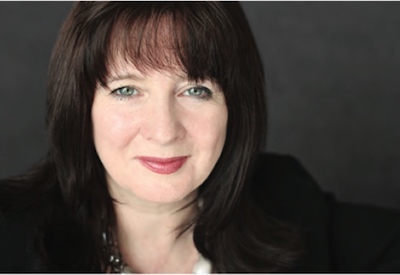Network Infrastructure: How Is It Impacted by COVID-19?

Apr 7, 2020
By Jorge de la Fuente
If connectivity wasn’t already increasing at a rapid pace, then the COVID-19 pandemic has spurred even faster growth. The examples below are just a few of the seismic shifts occurring in communication, interaction and collaboration over the past few weeks:
• Healthcare is quickly moving toward telehealth vs. in-person visits when possible
• K-12 schools and universities are now conducting coursework 100% online so students can continue to learn at home
• Many companies are now supporting hundreds or thousands of newly remote employees
• Dorms and hotels are being transformed into makeshift isolation or patient areas that require new types of connectivity
We’re ordering groceries 100% online, streaming more HD content as we self-isolate, and even celebrating birthdays and anniversaries from afar. Without physical and face-to-face contact, connectivity naturally accelerates — more by force than by pleasure. In the span of a few weeks, social distancing has led us to rethink — and change — how we live day by day.
Once things begin to return to “normal,” it’s likely that some of the new habits we created out of necessity during this pandemic will lead to changes moving forward, too. This global emergency has given us all the opportunity to discover — and re-discover — the advantages of the digital world.
In order to take full advantage of this connectivity, however, you need a network and cabling infrastructure in place to support it. Your layer 0 must be reliable, able to maximize throughput and able to ensure uptime.
Today, this requires singlemode fibre (OS2) and multimode fibre (OM4) cable, as well as Category 6A solutions, to increase information capacity and bandwidth. The organizations that have this infrastructure in place can rest easy knowing that technology, systems and applications will work as they should — regardless of how many people or devices need to connect. Those with outdated cabling infrastructure are likely noticing network slowdowns, dropped connections, bottlenecks and even certain times of day when applications aren’t usable at all.
This sudden increase in demand is undoubtedly stressing data centres the most. Whether you think about data centres that support essential infrastructure such as financial institutions or convenience stores — or the data centres that host the streaming content we’re all watching every night at home — none of this connectivity would be possible without a reliable, dependable, high-performing data centre. Data centres that could previously handle the influx of inbound and outbound network traffic being received every day now have to manage increasing numbers of requests.
More than ever, it’s clear that a robust, reliable and high-performance infrastructure is needed to keep people connected to data — and to each other. It’s vital to remote work, online learning, emergency communications, healthcare and much more.
Data centres are intensive users of fibre optic cable — and that usage is growing. As data centre speeds increase, cable performance becomes increasingly critical to ensure link quality — which is why fibre is becoming crucial.
Belden has developed new fibre solutions in recent months that allow data centres to create the robust, reliable and high-performance infrastructure we’re talking about — without compromising on performance or ease of use.
Joining Belden in 2015, Jorge de la Fuente has more than 30 years of experience in providing network and data centre solutions to end-users across a variety of markets. In this role, he oversees functionality of our enterprise/data centre connectivity solutions, sharing his extensive knowledge with customers and Belden employees to help assess needs, troubleshoot and determine system requirements.
















